Animal Cruelty VS Research
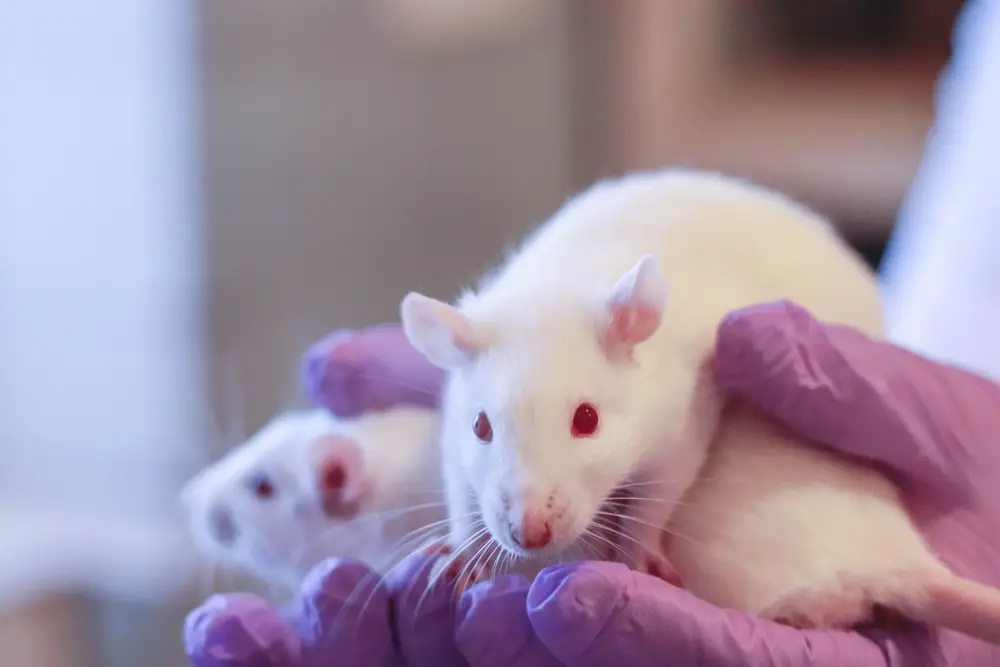
Millions of animals are still used in labs today, even though new technologies are offering better options. At the same time, government policies and public pressure are pushing for change. Here are the surprising facts you need to know.
1. Yes, animals are still used in lab testing
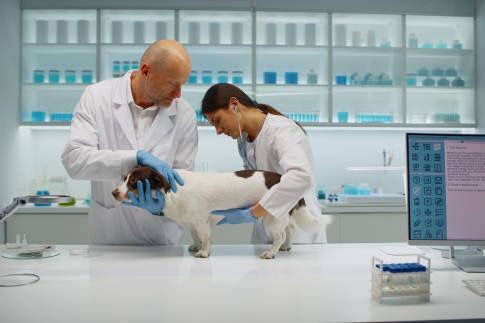
Even though it may sound like a thing of the past, animal testing is still common in the United States. More than 15 million procedures are performed every year on mice, rats, rabbits, dogs, and even primates. These animals are used to test everything from prescription drugs to household cleaners and cosmetics. While many companies claim they’ve moved away from animal testing, millions of animals still live, and often die, inside laboratories. For many, the process includes invasive experiments, exposure to chemicals, or forced feeding of substances, all done in the name of safety and science. Despite advances in technology, animal testing remains deeply rooted in research and regulation, which makes phasing it out more complicated than it might seem.
2. The Animal Welfare Act barely covers most test subjects
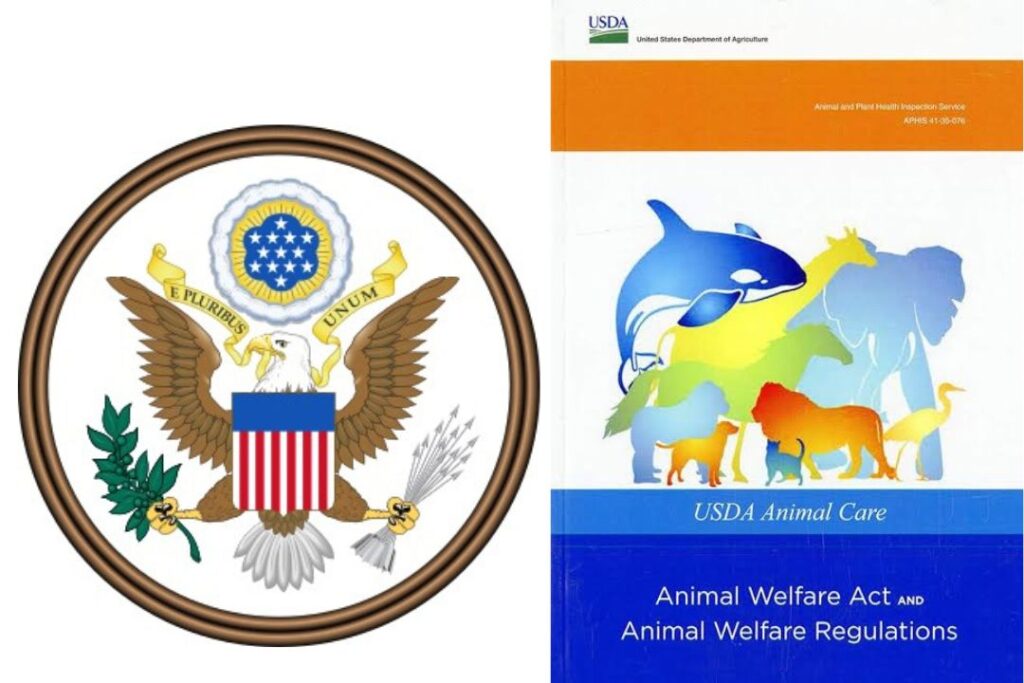
The United States has an Animal Welfare Act (AWA), but surprisingly, it does very little to protect the animals most commonly used in experiments. The AWA covers dogs, cats, primates, and a handful of other species, but it leaves out mice, rats, birds, and fish, who make up about 95% of all lab animals. This means that the majority aren’t counted in federal reports, nor do they benefit from the same minimal standards of housing, care, or record-keeping. For the public, this creates the illusion that animal testing is smaller in scale than it really is. In reality, millions of animals are essentially invisible to the system, making the scope of the issue much larger and harder to address.
3. The Trump administration wants to eliminate animal testing
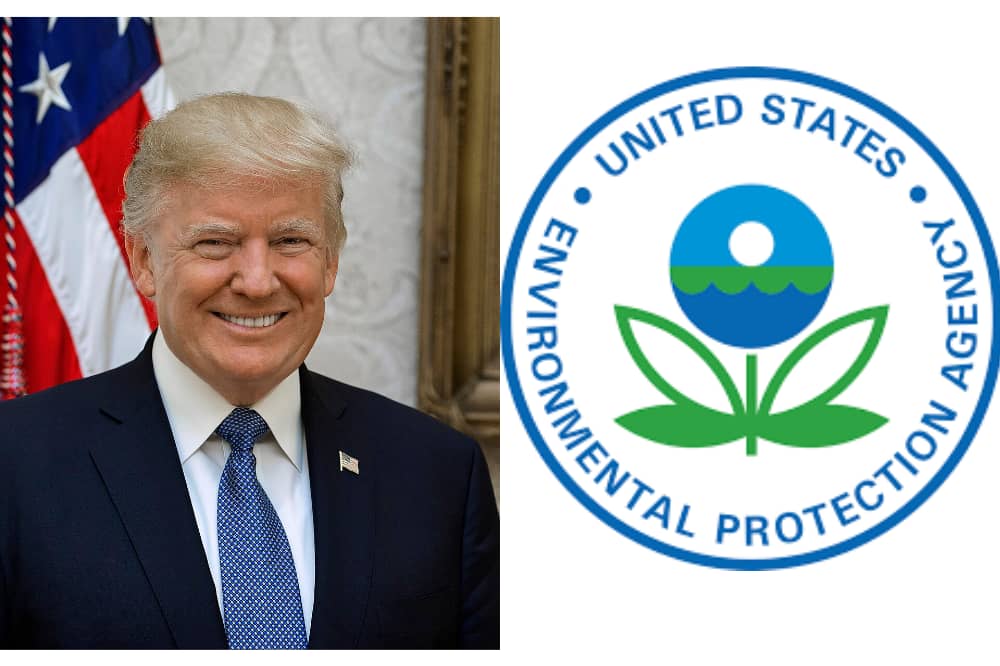
In a surprising twist, the Trump-era Environmental Protection Agency (EPA) made one of the boldest commitments in U.S. policy: to end all mammal testing by 2035. The move was framed as a push toward innovation, with the EPA saying that traditional animal tests are not only slow and costly but often poor predictors of how humans will react. While critics questioned whether such a goal was realistic, the announcement marked a turning point. It signaled that even federal agencies recognized the need to transition to more advanced and humane methods. For many, this decision also showed how animal testing had shifted from being a scientific necessity to a practice that could soon be considered outdated.
4. The FDA is also shifting away from animal tests
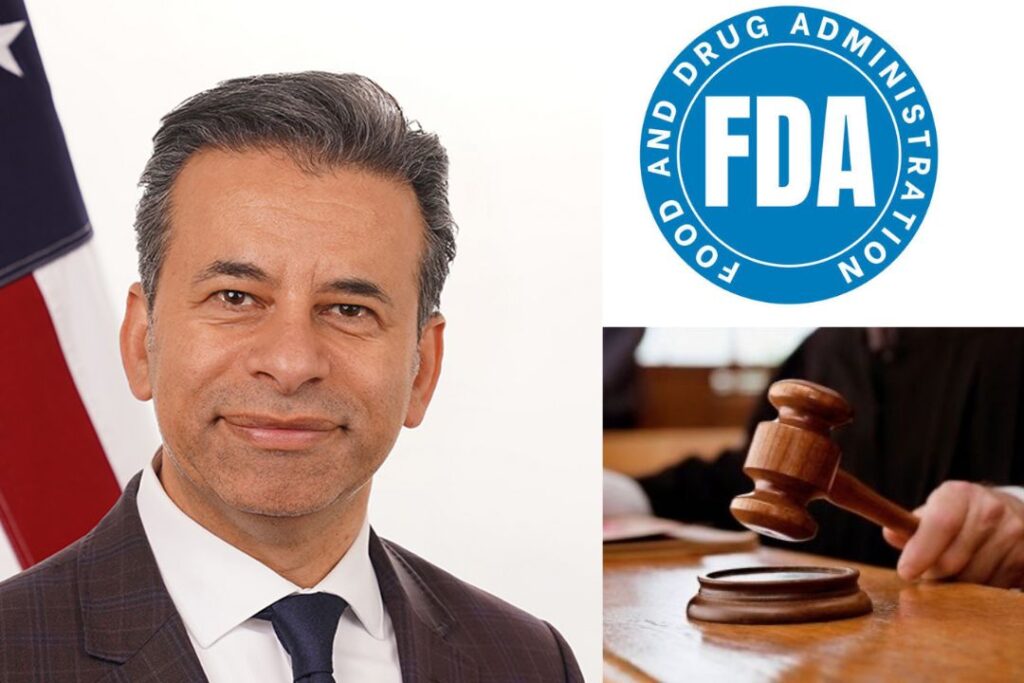
The Food and Drug Administration (FDA) has traditionally required animal testing for new drugs, but this is beginning to change. In 2022, the FDA Modernization Act 2.0 was signed into law, allowing drug companies to use alternatives like computer modeling, AI simulations, and lab-grown human tissues instead of relying solely on animals. This reform opened the door for innovative testing methods that could speed up drug approvals while reducing the suffering of animals. The FDA didn’t stop there. In 2025, the agency unveiled a detailed roadmap to phase out animal testing for monoclonal antibody drugs, a major category of therapies used for cancer, autoimmune disorders, and other serious illnesses. Instead of requiring tests on mice or monkeys, the FDA is urging researchers to adopt cutting-edge tools like human tissue models, advanced computer simulations, and data collected directly from patients.
5. Big-name beauty brands still test, especially for China
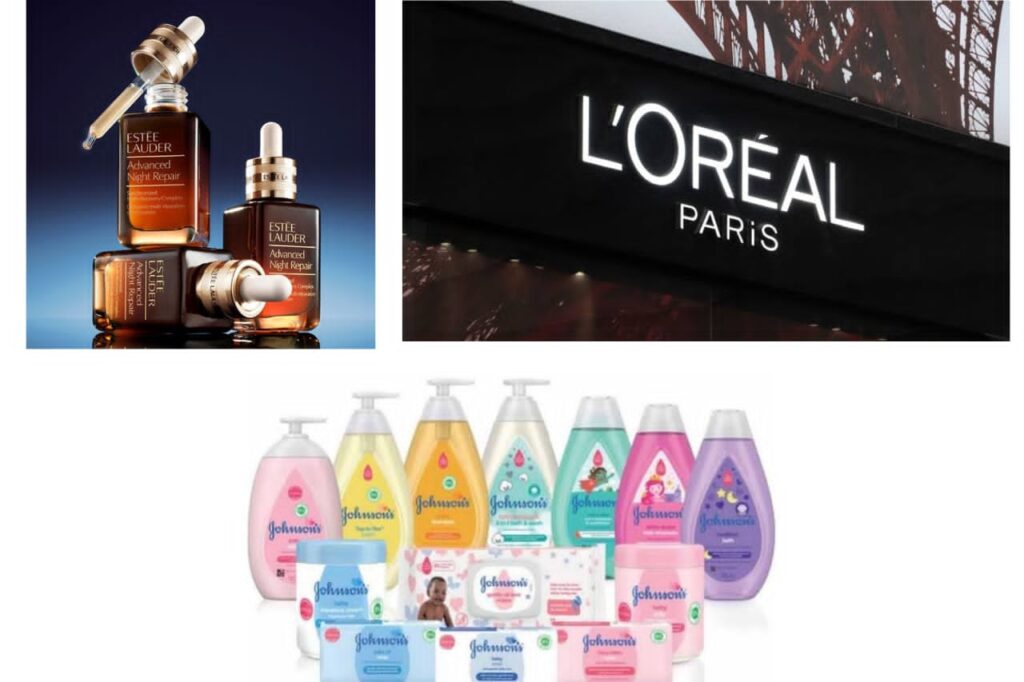
Many beauty and personal care brands highlight their “cruelty-free” status in the U.S. and Europe, but the story changes when it comes to international markets. Companies like L’Oréal, Estée Lauder, and Johnson & Johnson avoid animal testing where possible, but they continue it in countries like China, where local laws sometimes require safety testing on animals before products can be sold. This double standard frustrates consumers who believe they’re supporting cruelty-free brands. It also highlights how uneven global regulations make it difficult to eliminate animal testing entirely. Until international policies align, many big brands will remain caught between consumer demand and legal requirements abroad.
6. U.S. defense labs are under fire for dog testing
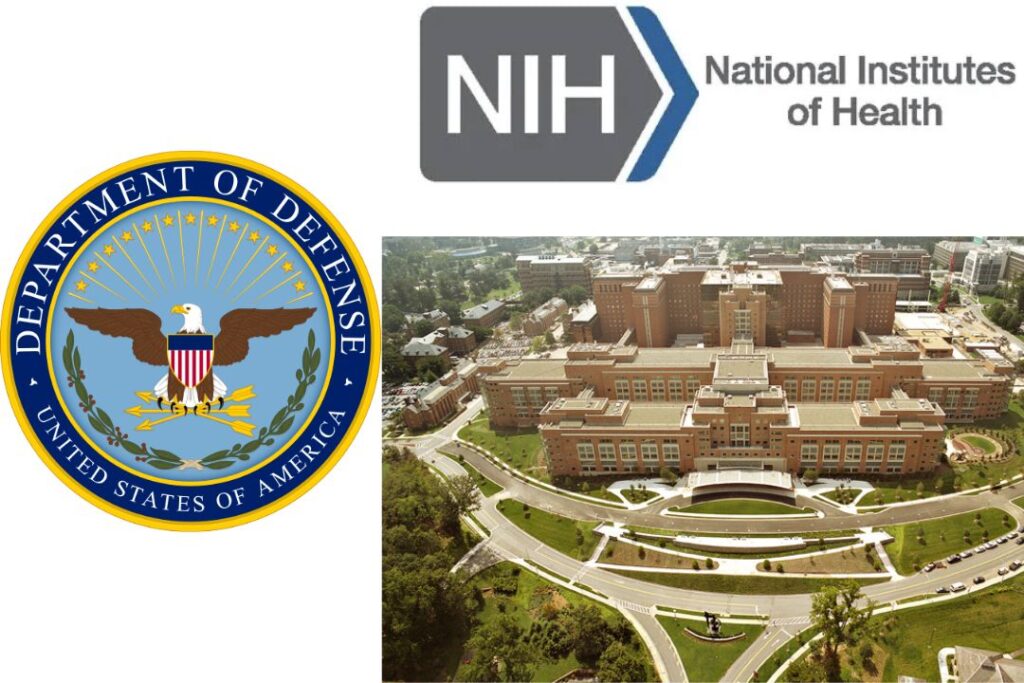
One of the most controversial revelations in recent years involved beagles being used in experiments tied to U.S. government funding. Watchdog groups discovered that the Department of Defense and National Institutes of Health had supported studies in foreign labs where dogs were exposed to invasive testing. The backlash was immediate, with lawmakers from both political parties condemning the practice and calling for reforms. Dogs, often considered family pets, stirred public outrage in ways that other animals in labs might not. These incidents raised broader questions about oversight, transparency, and whether taxpayer dollars should support animal testing at all, especially when alternatives are available.
7. Non-animal methods are faster, safer, and cheaper
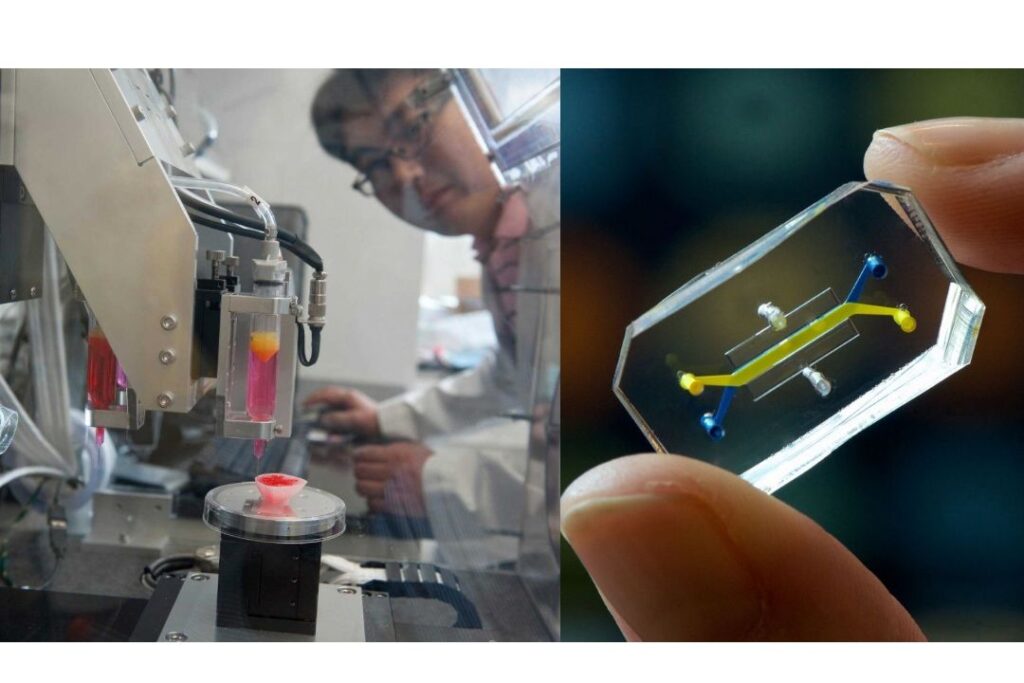
One of the strongest arguments against animal testing is that new technologies often outperform traditional methods. Tools like organs-on-chips, 3D-printed human tissues, and artificial intelligence simulations can model human biology with far greater precision than mice or rabbits ever could. These systems don’t just reduce suffering, they also save time and money. For example, testing a drug on lab-grown human heart tissue can provide quicker, more accurate predictions about how it will affect people. This efficiency is especially valuable in urgent fields like cancer research or pandemic response, where speed matters. As these methods continue to prove reliable, the case for sticking with animal testing grows weaker by the year.
8. Companies like Unilever are proving it works

It’s not just regulators leading the change, some of the world’s biggest companies are already showing that science can thrive without animal testing. Unilever, for example, has eliminated animal testing from its research and now actively collaborates with regulators to promote non-animal methods. Pharmaceutical companies like AstraZeneca are also investing heavily in human-based alternatives, signaling that this isn’t just a trend in cosmetics but a growing movement across industries. These shifts prove that large-scale businesses can innovate and still meet safety standards without relying on animal models. For consumers, it’s a powerful reminder that supporting companies committed to cruelty-free science can help push the entire industry forward.
9. The U.S. trails the EU in banning animal-tested cosmetics
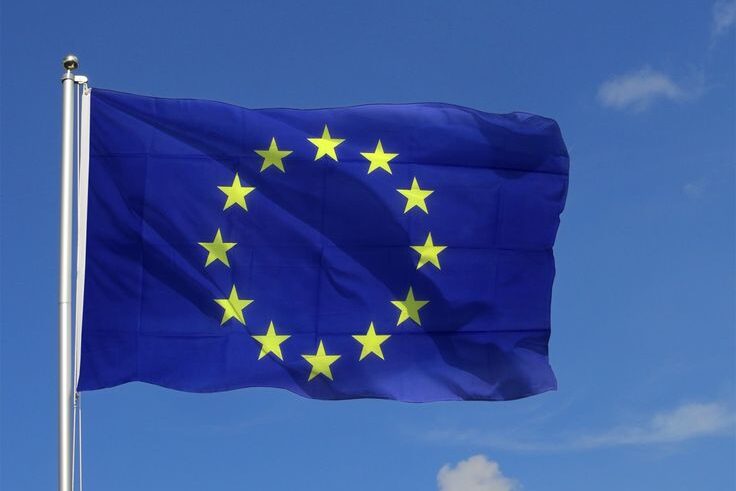
While the European Union made headlines in 2013 by banning most animal-tested cosmetics, the United States still hasn’t followed suit with a nationwide ban. Instead, progress has been patchy, with 12 states, including California, New York, and Virginia, passing their own laws to restrict or ban the sale of cosmetics tested on animals. This fragmented approach leaves many products in a gray area and highlights how far the U.S. has to go compared to Europe. Advocates argue that a federal ban would send a stronger message and simplify regulations, but so far, Congress hasn’t been able to pass such legislation. Until then, the country will continue to lag behind its international peers when it comes to cruelty-free beauty standards.
10. Most lab testing isn’t even counted
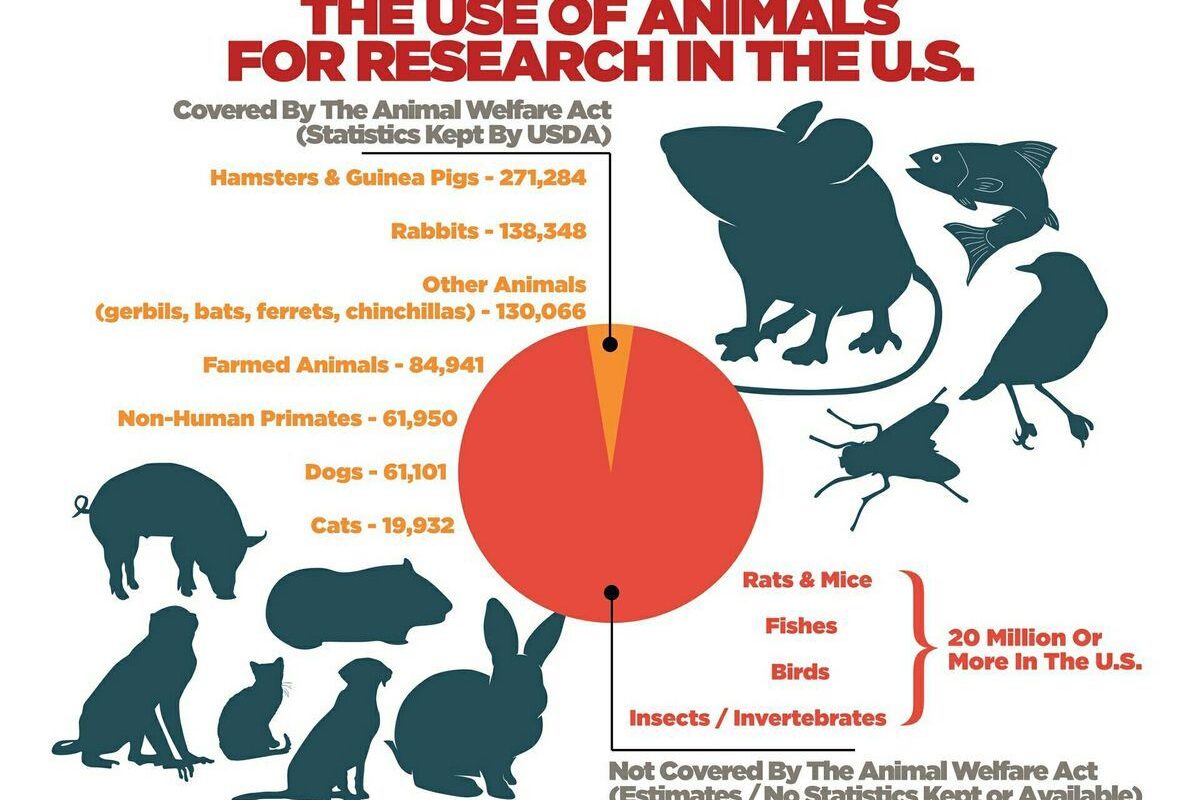
When people hear statistics about animal testing, the numbers can seem shocking, but they still don’t tell the full story. That’s because mice and rats, which make up the overwhelming majority of lab animals, aren’t covered under the Animal Welfare Act. Since they aren’t legally counted or tracked, their use in research goes largely unreported. Some estimates suggest that including these animals would multiply official totals several times over. This lack of transparency makes it difficult for the public to grasp the true scale of animal testing. It also raises questions about accountability, since so many lives are left out of the conversation entirely.
11. The public is demanding change
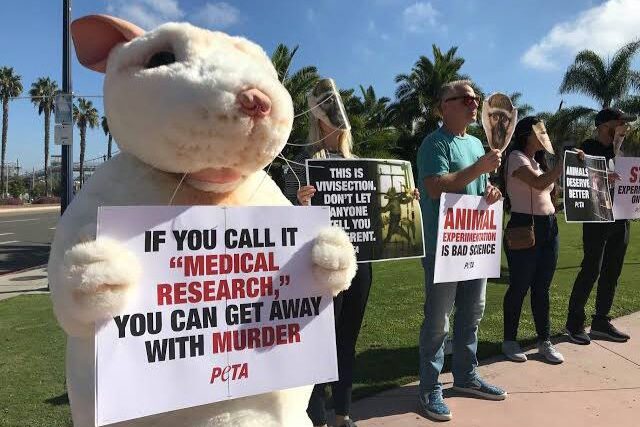
Perhaps the biggest force driving the shift away from animal testing is public opinion. Celebrities, scientists, and advocacy groups alike are speaking out, pushing for cruelty-free innovation. Campaigns by organizations such as PETA and Cruelty Free International have helped fund new research methods while raising awareness about outdated animal testing practices. Social media has also given consumers more power, with younger generations especially vocal about supporting ethical and sustainable science. This growing movement is shaping policy, pressuring companies, and fueling investment in human-relevant alternatives. The message is clear: society is ready for a future where science no longer depends on animal suffering.
The Trump administration may have started the official countdown, but it’s science and society that are carrying it forward. Change won’t happen overnight, but the end of animal testing looks closer than ever.
This story 11 Shocking Facts About Animal Testing, And Why the Trump Administration Wants It Gone was first published on Daily FETCH


